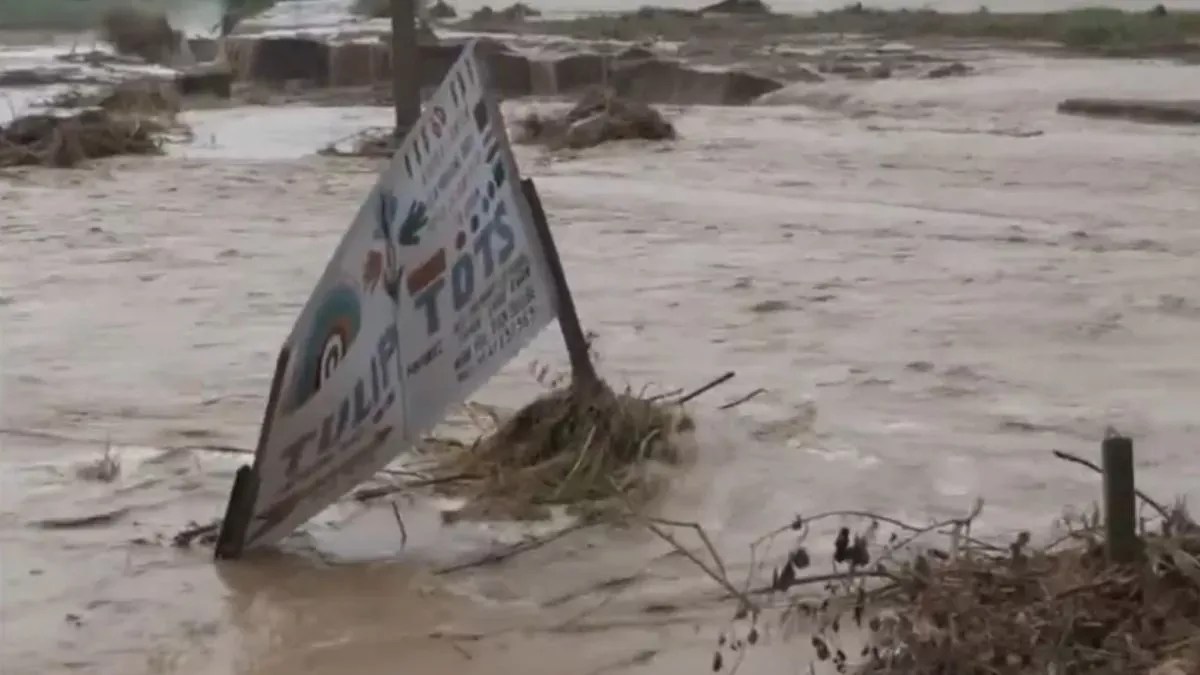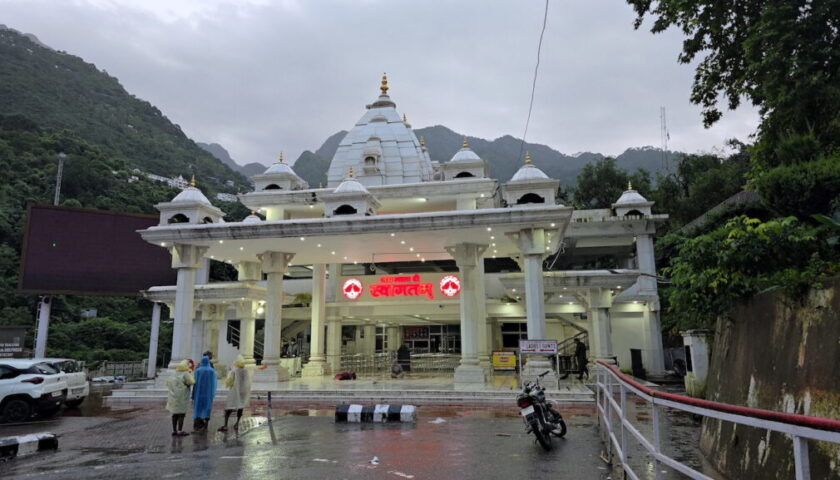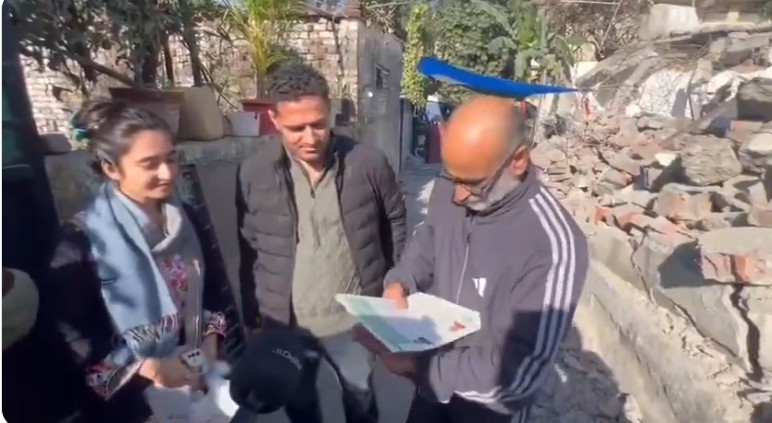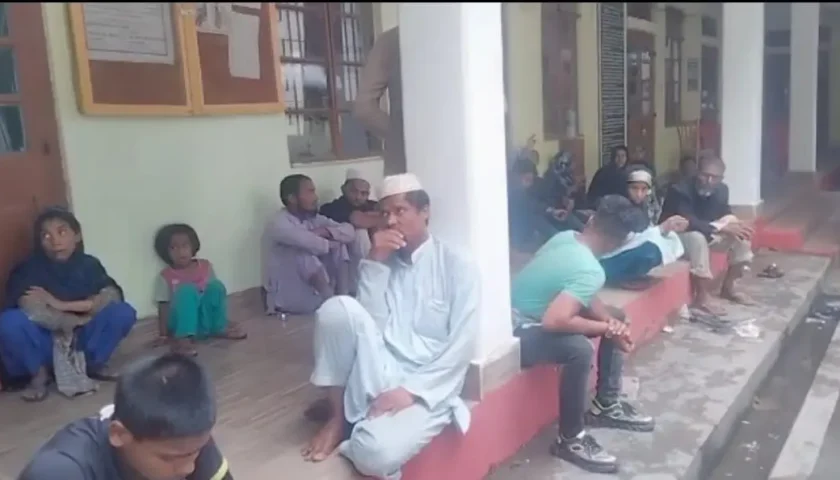Jammu in the Eye of the Storm
By: Javid Amin | 31 Aug 2025
The Jammu division, often described as the cultural and economic gateway of Jammu & Kashmir, is facing one of its darkest monsoon seasons in decades. Already reeling from a series of floods, cloudbursts, and deadly landslides since mid-August, the region has been placed under another red alert. The India Meteorological Department (IMD) has forecast very heavy to extremely heavy rainfall across multiple districts on September 2, extending the crisis well into early September.
This isn’t just another bout of seasonal rain. It’s a relentless assault on lives, livelihoods, and infrastructure. With rivers swelling again, highways cut off, and schools shuttered, Jammu today embodies the tragic reality of climate-exposed Himalayan towns — vulnerable, battered, and in urgent need of resilience.
Forecast Highlights: Districts in Danger
The IMD’s latest forecast paints a grim picture:
-
Kathua, Doda, Udhampur, Reasi: Severe threat of cloudbursts, flash floods, and landslides, particularly along mountainous belts.
-
Jammu, Samba, Ramban, Rajouri, Kishtwar: Likely to face intense downpours triggering road blockages and waterlogging in low-lying areas.
-
South Kashmir & Poonch: Predicted to witness moderate to heavy rainfall, which may exacerbate already saturated soils.
Meteorologists warn that the interaction between monsoon currents and western disturbances is prolonging the monsoon cycle, delaying its withdrawal and fueling more intense weather episodes.
Human Toll: 170+ Lives Lost Since Mid-August
Numbers tell part of the story, but behind every statistic lies a shattered family. Since mid-August 2025, Jammu division has recorded over 170 deaths linked to monsoon-triggered disasters.
-
Flash floods have swept away homes in Reasi and Doda.
-
Landslides in Udhampur and Ramban buried vehicles and cut off villages.
-
Shooting stones along hilly roads claimed multiple lives.
For the survivors, the trauma lingers. Thousands of families remain displaced, living in makeshift shelters as waterlogged homes collapse and essential supplies run thin.
Infrastructure Collapse: A Region Cut Off
The famed Jammu–Srinagar National Highway, lifeline of trade and passenger movement, has been closed for the sixth consecutive day.
-
2,000+ vehicles, including trucks carrying essentials and tourists’ buses, are stranded on either side of the landslide zones.
-
Bridge collapses in Reasi, Ramban, and Udhampur have further crippled connectivity.
-
Continuous shooting stones make restoration work both dangerous and slow.
This highway isn’t just a road — it’s the artery that connects Kashmir to the rest of India. Its prolonged closure highlights the precariousness of Himalayan infrastructure in an era of climate volatility.
Rivers Swelling Again: Tawi and Chenab on Alert
Despite a brief receding trend last week, water levels in the Tawi and Chenab rivers are rising once more. Authorities have issued fresh evacuation alerts for low-lying villages along the riverbanks.
-
Chenab River: Known for its ferocity, the Chenab has breached warning levels at several monitoring points, threatening villages downstream.
-
Tawi River: Flowing through Jammu city, the Tawi is once again inundating embankments, forcing evacuations in adjoining areas.
These rivers, once worshipped as lifelines, now stand as ominous reminders of nature’s fury when coupled with extreme rainfall.
Schools & Public Services Crippled
As safety takes precedence, all schools across Jammu division were ordered shut on September 1. Officials say closures may extend if the weather doesn’t ease.
Meanwhile, public infrastructure remains crippled:
-
The Jogi Gate Cremation Ground in Jammu city is submerged, forcing grieving families to seek alternate sites.
-
Civic facilities such as drainage systems, hospitals, and water supply lines face recurrent breakdowns.
For ordinary citizens, the disruption goes beyond classrooms or commutes — it has struck at the very heart of daily life and dignity.
Voices from the Ground: What Authorities Say
-
SSP Traffic Jammu has issued a blunt advisory: “Travel only after official clearance. The risk of shooting stones and landslides remains extremely high.”
-
CM Omar Abdullah, acknowledging the scale of devastation, has said:
“Full restoration may take weeks. The government’s priority is saving lives, followed by restoring critical connectivity.”
Meanwhile, Army, SDRF, and NDRF teams remain on high alert, conducting rescue drills in flood-prone zones and pre-positioning relief material.
Broader Climate Context: A Relentless Monsoon
This monsoon isn’t a standalone event. The IMD has already predicted above-normal rainfall for September 2025, signaling that the region may face prolonged exposure to extreme weather.
The key drivers include:
-
Delayed monsoon withdrawal due to a fresh low-pressure system forming over the Bay of Bengal.
-
Climate change intensification — with global studies pointing to an increase in high-intensity rainfall events in the Himalayas.
For Jammu, this means that the worst may not yet be over.
Beyond Today: Lessons for the Future
This relentless monsoon raises urgent questions:
-
Disaster Preparedness: Are evacuation systems and early warning mechanisms adequate?
-
Infrastructure Resilience: Can fragile mountain highways and bridges withstand repeated shocks?
-
Urban Planning: Are cities like Jammu factoring in flood zones while expanding?
If not addressed, each season will only repeat the cycle of destruction.
Conclusion: Resilience Amid Relentless Rains
Jammu today stands ravaged — lives lost, roads cut off, rivers swelling, and entire communities on edge. Yet, amid the despair, the resilience of its people and emergency workers shines through. Citizens are heeding advisories, volunteers are stepping in with relief, and authorities are working round the clock despite enormous odds.
But resilience alone cannot be the answer. The monsoon of 2025 should serve as a wake-up call — for stronger policies, sustainable infrastructure, and climate-adaptive planning. Because if the rains have shown anything, it is that Jammu cannot afford to treat extreme weather as “seasonal” anymore.




